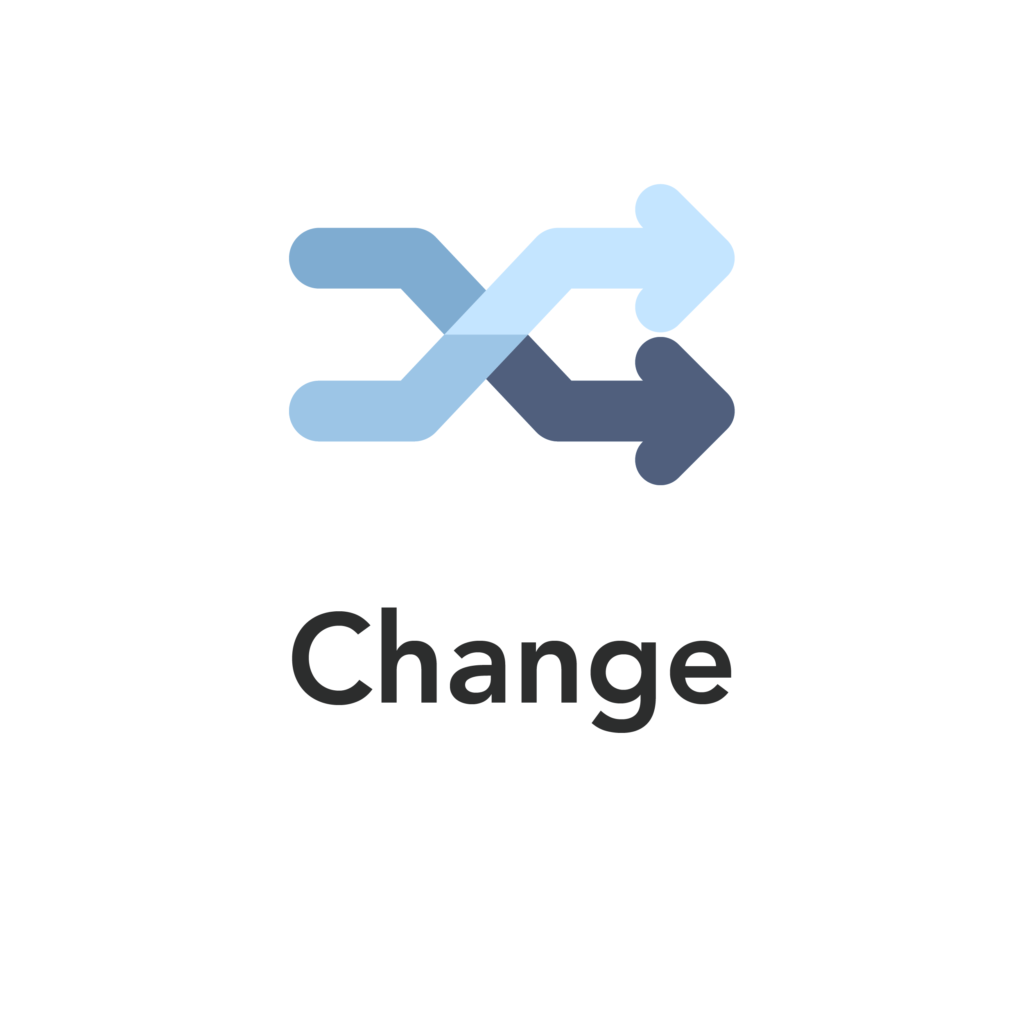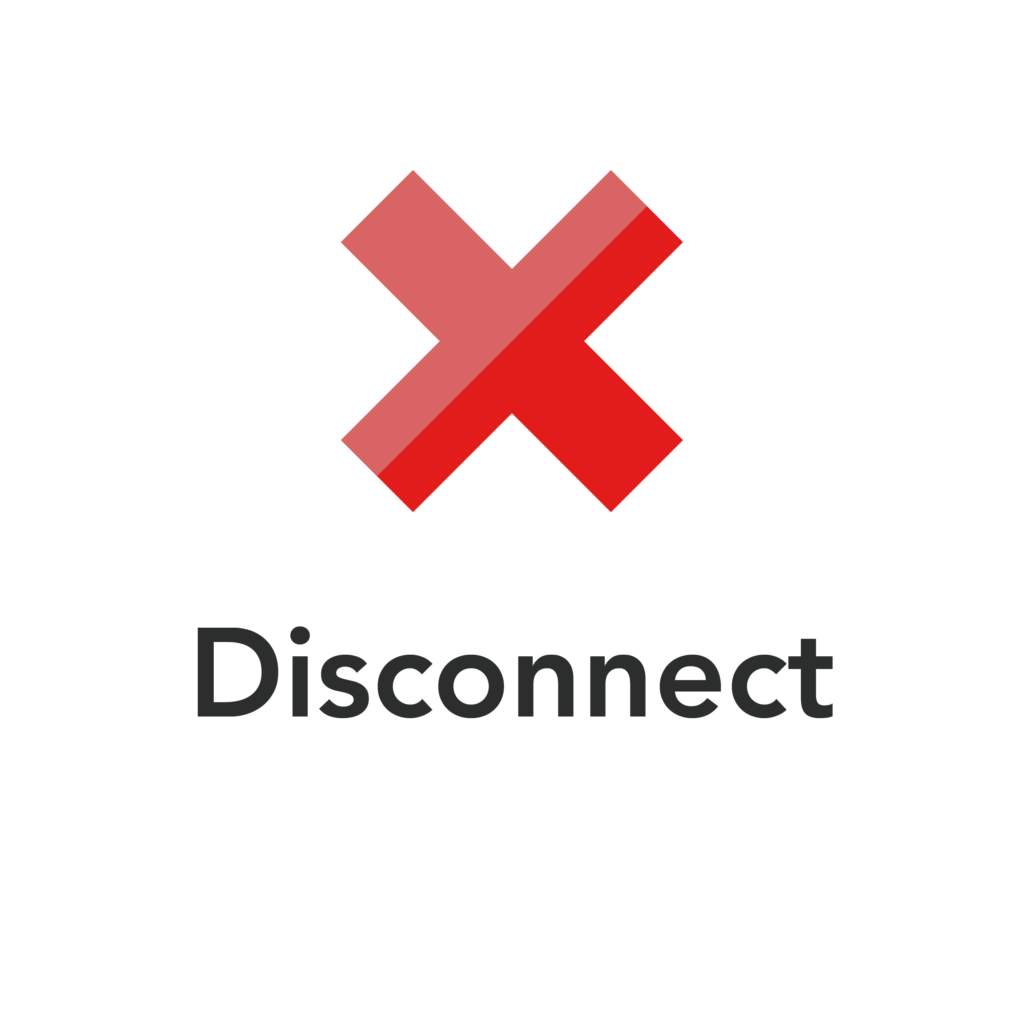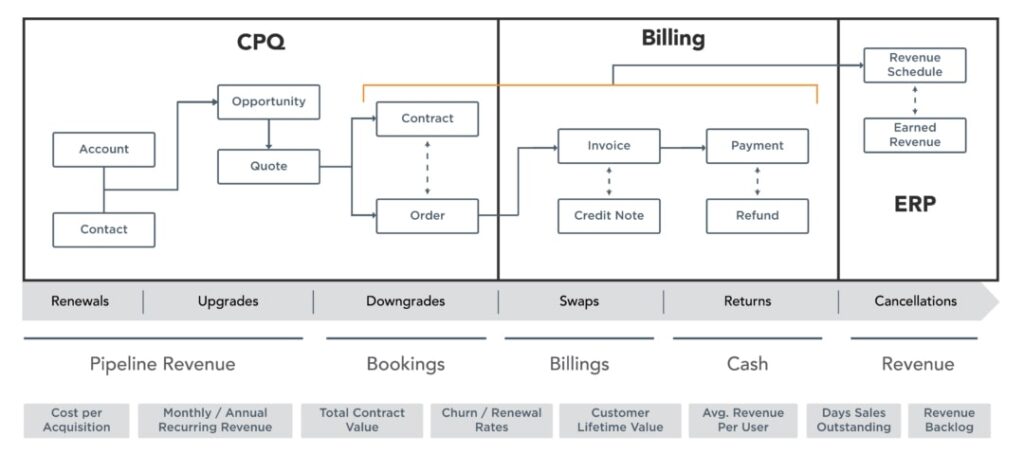Digital transformation for companies in the telecom industry is always challenging to implement; due to the nature of business and the complexity of operations. Telecom companies usually categorize digital systems into BSS (Business Support Systems) for front office activities and OSS (Operational Support Systems) for back-office activities. Here’s how Salesforce CPQ and Billing for Telco can lead digital transformation in all respects.
Salesforce CPQ and Billing can help to improve the MACD (Move, Add, Change, and Disconnect) process and complement existing BSS and OSS systems, which are involved in the ordering and reconfiguring/changing customer service offerings.




Unlike any other POS (point of sales) wherein you pick a product with quantities and price your quote based upon the price books and quantities. In the telecommunication industry, you are not just buying/selling a tangible product or concise service, but dealing with a complex volume of products, bundles, and service offerings. The complexity makes the MACD process run into a fragile and ridiculous Rubik’s cube mode of pricing. Imagine how complex it can get from a seller’s point-of-view.
Salesforce CPQ and Billing helps transform the MACD complexity by providing:
- A centralized view of the customer, including the installed service configuration
- A repository of the products and services available to the customer
- The ability to offer custom quotes and flexible pricing
- The ability to store, reconfigure, and re-price an existing service configuration
- Integration with backend ERP for full order management and processing capabilities
- Leverage subscription-based ordering that helps businesses sell subscriptions, recurring licenses, support agreements, or modular solutions with the ability to up-sell and cross-sell.
- Minimize sales friction, increase levels of accuracy in quotes, and manage approved pricing, bundling, and discounting quickly.
- Check or inquire about history pricing and provide quotes to the customer.
- Allows user to calculate any adjustments to pricing.
- Issue the correct instructions to supporting systems so that they can MACD the records for each asset.
- It provides the agility to address challenges such as changing products/services for innovative value-added solutions.
- It helps the team to react efficiently to the market changes and identify the best ways to help a company grow.
- Helps align the sales process by focusing on what is essential to the customer from sign-up to billing processes.
- Helps sales teams with providing all the product offerings information at fingertips to accelerate sales targets and renewals for existing return customers.
- Helps Marketing teams and product design managers with the ability to experiment and build the right innovative product offering to suit the changing market trends.
- Better control over products compared to competitors offering in the subscription business model.

After quoting in Salesforce CPQ, sales reps can create an order and a contract. The contract acts as the source of truth for future sales transactions, allowing users to develop amendments and renewals for their subscription-based products. The order serves as the source of truth for future billing transactions, allowing Salesforce Billing users to convert lead-to-order data into transactional data.
Revenue Lifecycle Conceptual Architecture

An order record contains order products, which represent quote lines that a customer has ordered. When a sales rep creates an order from a quote, its order products have an inactivated status. Only activated orders can be billed, so many businesses use inactivated order products for provisioning and activate them when they’re ready for billing. Each ordered product can be billed separately or as a group. The Salesforce Billing invoice scheduler or Bill Now process pulls order information into an invoice, which lives in the Salesforce Billing package. The invoice record’s invoice lines represent billed order products. Orders also lookup usage summaries, which store information for usage-based order products. Salesforce Billing helps
you organize usage-based products and invoice them based on the total amount of usage. When you amend a usage product and order the amendment quote, Salesforce Billing updates your usage summaries to reflect cancelations or new usage periods.
Salesforce Billing complements enterprise resource planning (ERP) platforms by converting Salesforce CPQ’s lead-to-order data into transactional data. The conversion allows ERP systems to inherit matching data, which they can use for Order accounting functions like general ledger and financial reporting. This process lets Salesforce CPQ and Salesforce Billing manage financial customer touchpoints and upholds the ERP as the system of record for GL and financial reporting.
Invoices display a list of purchased items and services alongside the total amount a customer must pay. The invoice record itself contains essential details such as the balance, due date, and payment status. You can control several date fields inside the Salesforce CPQ and Billing packages to manage the number of invoices generated from an order, their billing dates, and the order products converted to invoice lines.
Salesforce Billing allows you to create an invoice manually from a single order or to automate the invoice creation process with an invoice scheduler. Invoice schedulers evaluate unbilled order products based on user-defined criteria and create an invoice with invoice lines for each matching order product.
Salesforce CPQ and Billing for telcos provide a more assured solution offering to the overall customer experience, sales process, competitive advantages, and growth prospects that are key to the telecom industry’s digital transformation. A telecommunication-specific CPQ solution can support subscription mechanisms, pricing plan structures, complex billing as well as revenue recognition rules. If you’re curious about the transformative potential of Salesforce CPQ and Billing for Telcos, don’t hesitate to reach out to us with any questions.





